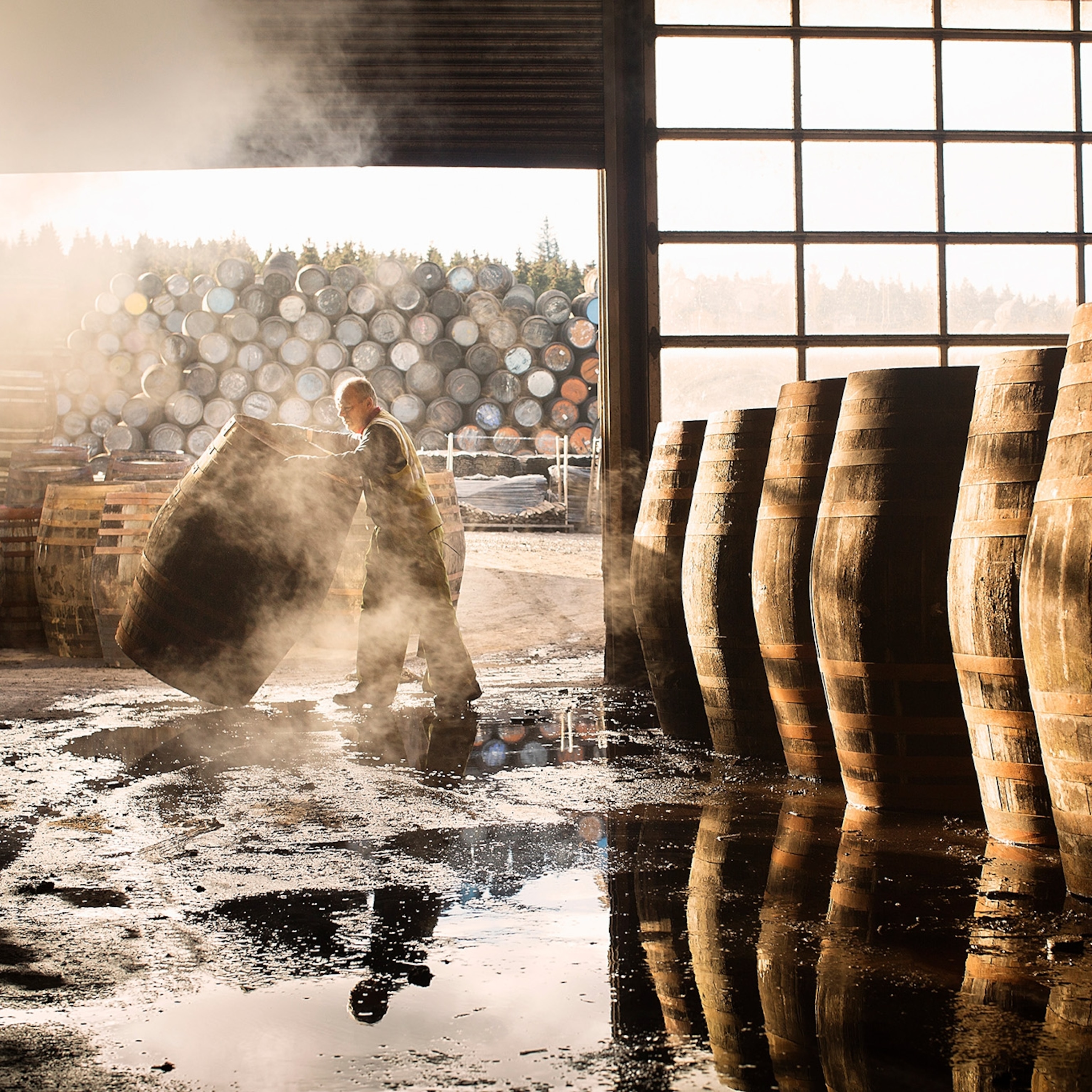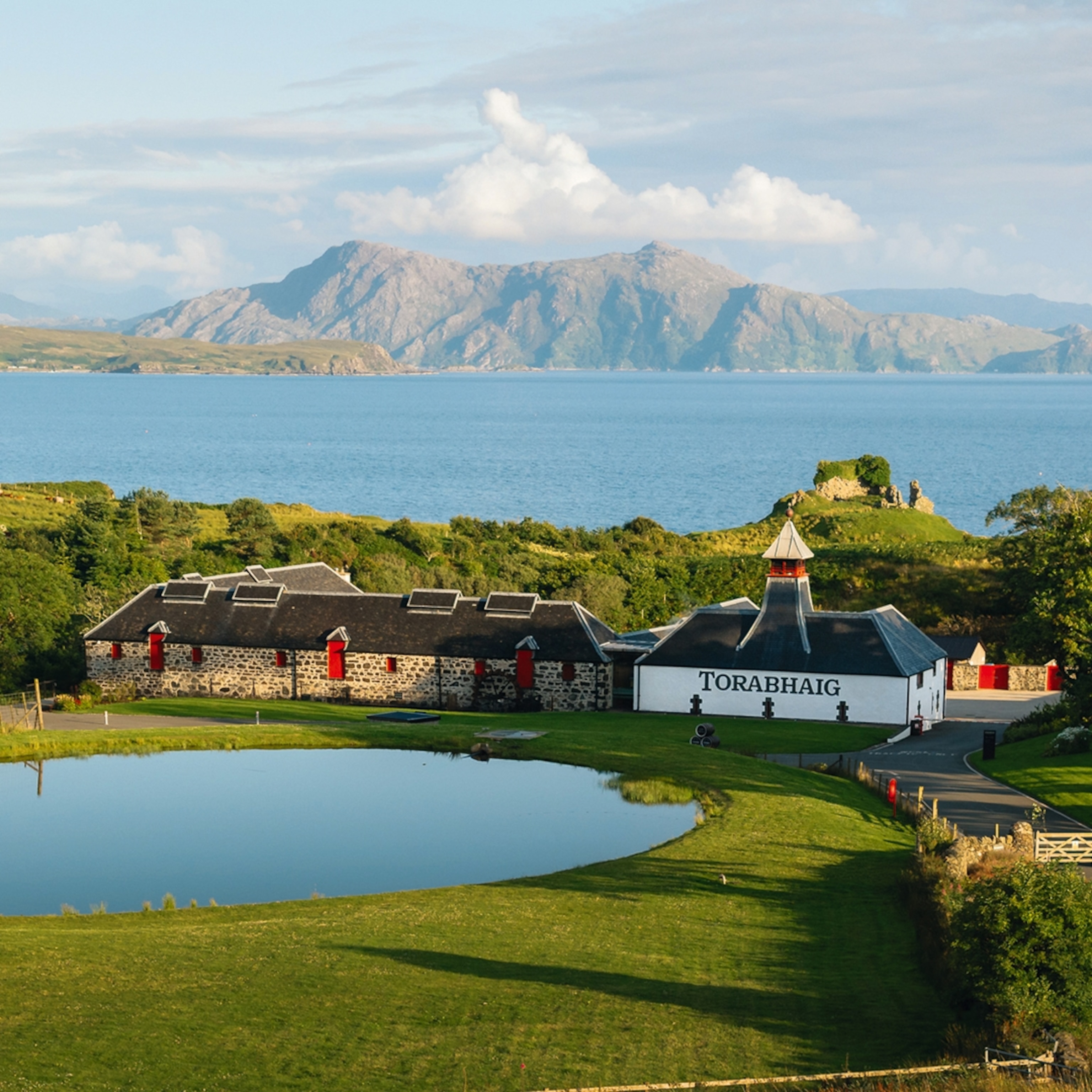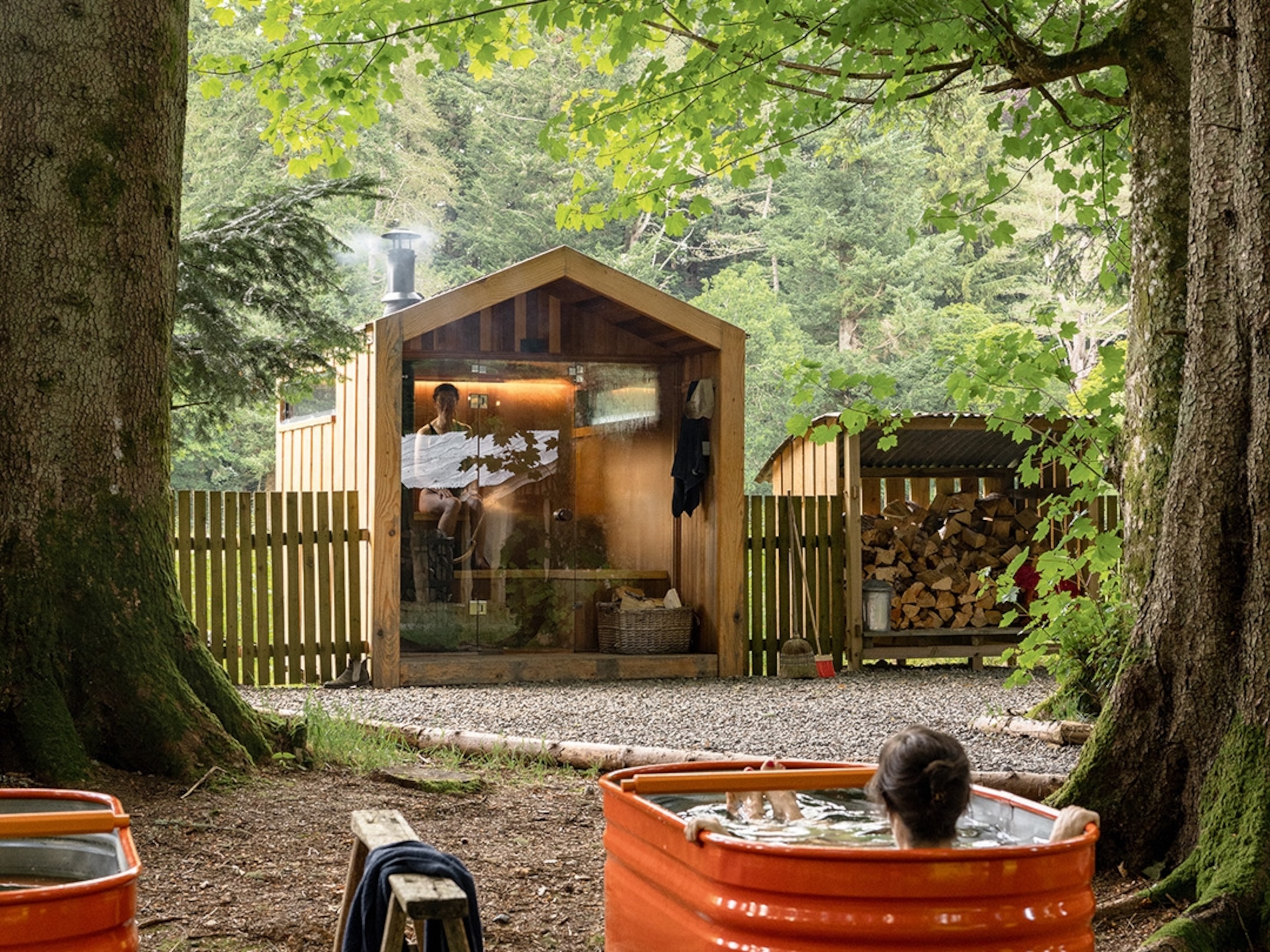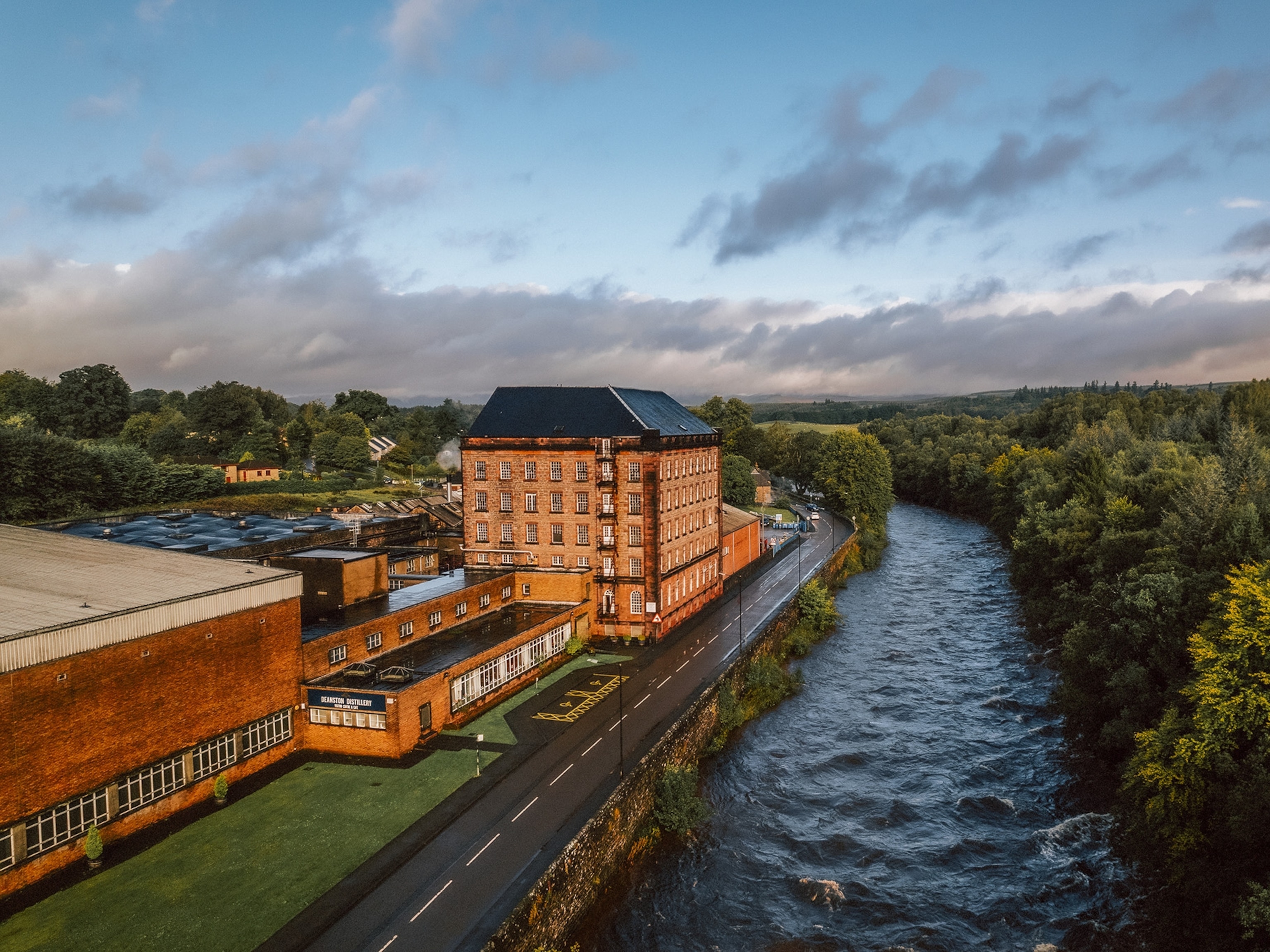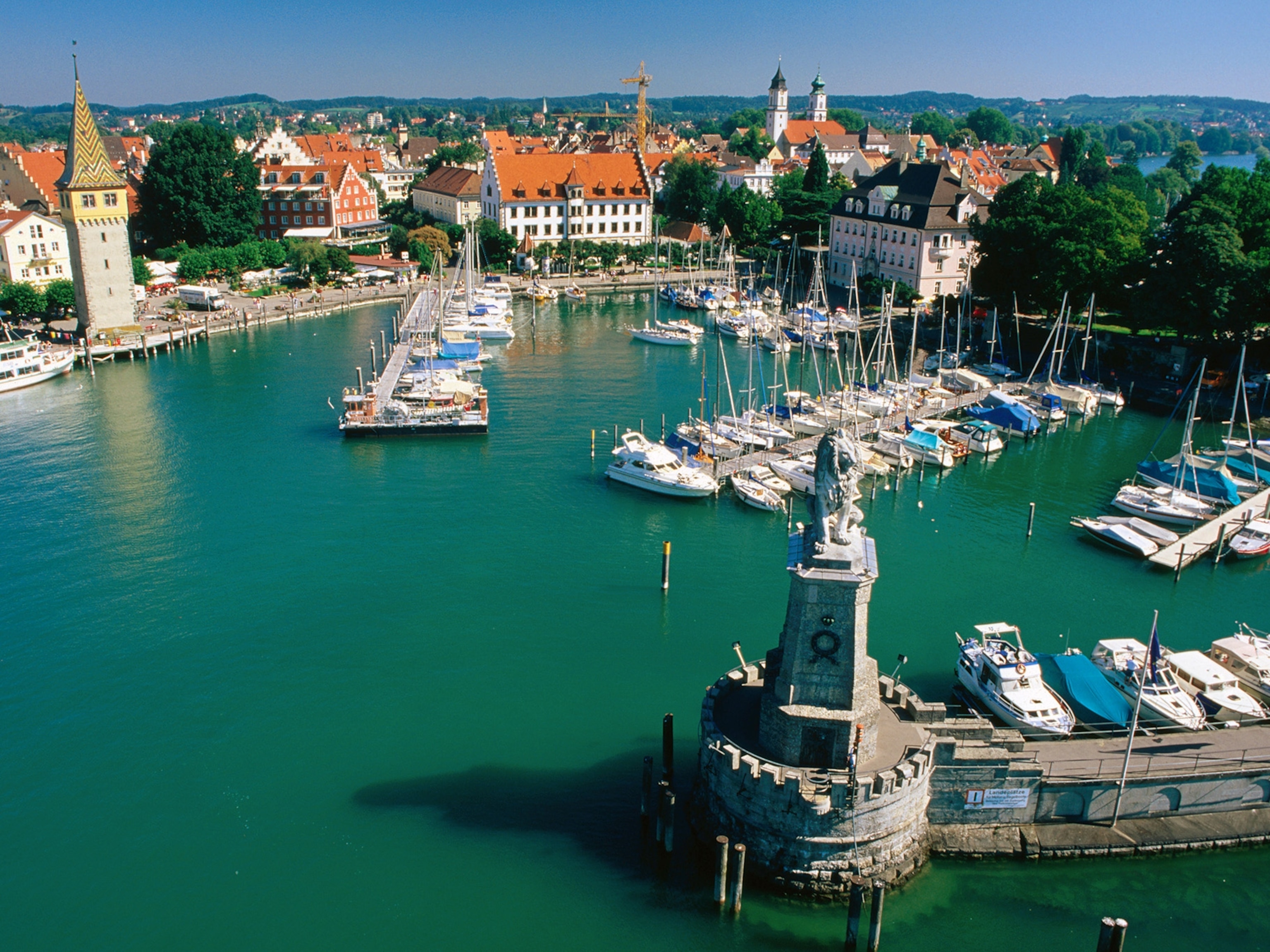
Finding Scotland's water of life on a Speyside canoeing adventure
The River Spey supplies the water for around half of Scotland’s fabled distilleries, producing some of the most illustrious — and often most expensive — malts in Caledonia. The region is a place of pilgrimage for whisky-lovers, some of whom cycle and hike between cosy nooks and spicy drams. Others choose to be fully immersed on a canoeing and wild camping adventure.
In airport departure lounges around the world, you can always find a selection of Scottish whiskies for sale. Upon the shelves will be bottles whose names recited together sound like poetry — Linkwood and Longmorn, Knockdhu and Knockando.
Passengers seem to buy Scottish whisky as a final act before jetting off on a long journey: a token to be taken up into the air. Whiskies are delicious, prestigious. But their appeal worldwide is in their promise of a certain landscape, with labels that summon faraway glens, frosted Munros and rushing streams, some of whose currents have been captured. Many bottles are inscribed with the solemn fact: the word ‘whisky’ comes from the Scottish Gaelic uisge beatha, or ‘water of life.’
This water is — as often as it is not — from the basin of the River Spey, among the finest and fastest of Scottish rivers. The Spey and its many tributaries supply water for about half of Scottish distilleries: the region produces the sweetest, most expensive and, some say, the most illustrious malts in Caledonia. It’s the closest thing whisky has to a headquarters, a heartland — even a holy land. The region is a place of pilgrimage for whisky-lovers, some of whom hike or cycle between distilleries in trips of escalating wobbliness.
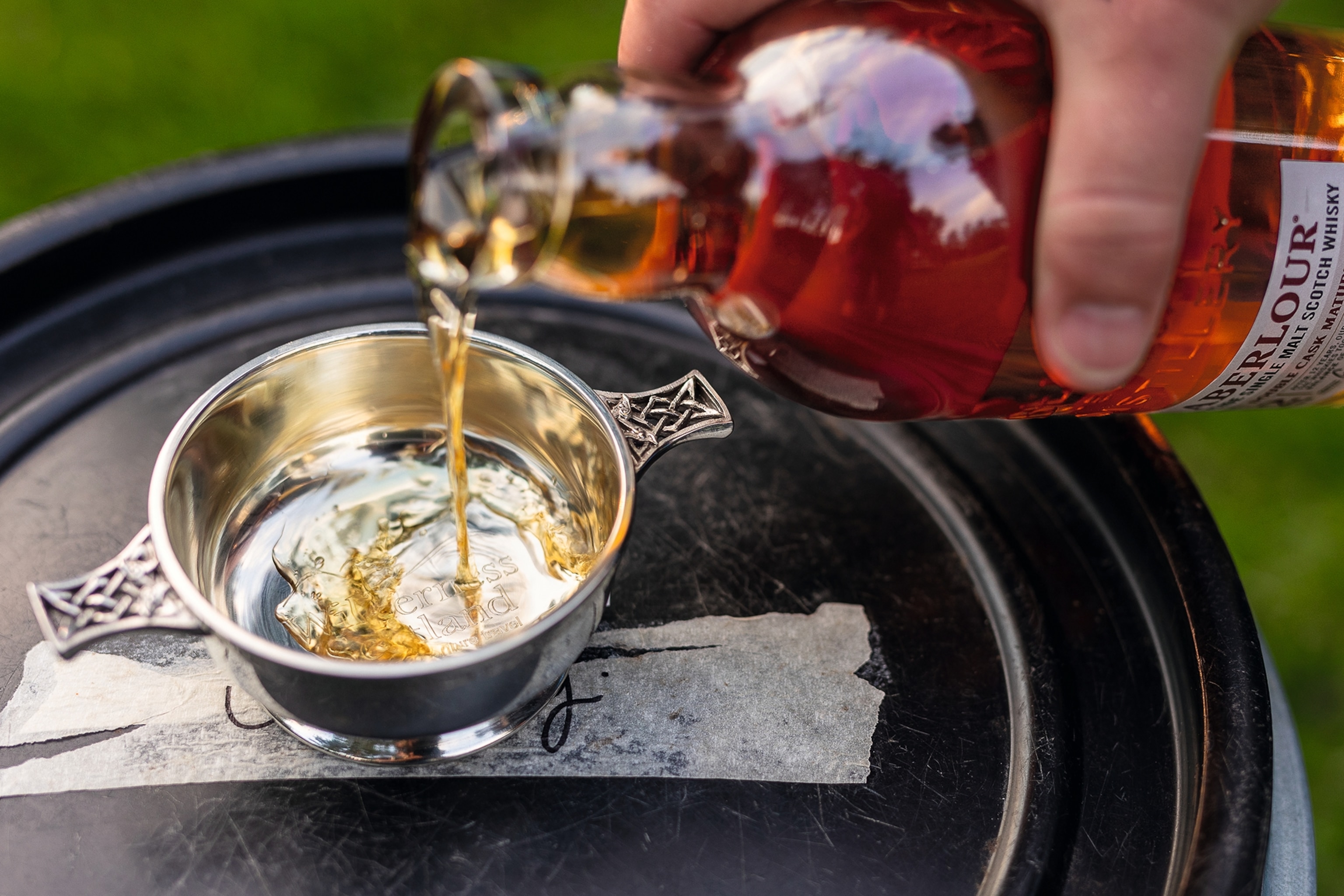
I’m here, however, to make a canoe expedition along the River Spey, starting from where it gathers momentum amid the Cairngorms and ending four days later where it braids out into the saltwater of the North Sea. Plenty of people arrive in the Cairngorms hoping to conquer their rocky summits and make ascents of the immense mountains. The descent of the Spey, by contrast, entails making not a conquest but an alliance with the current. You come to learn the singular behaviours of the river water, as surely as whisky aficionados understand the nuances of single malts.
“You can’t fight Grandfather Spey,” explains Jerry Craig, the leader of my expedition. “Instead, you work with him. And you must always treat him with respect.”
Jerry has been guiding descents on the river for some three decades and serves as an official river adviser representing the canoeing community. It’s a serious job for a serious river — the descent of the Spey isn’t a leisurely day trip. Stashed into the four boats in our armada is everything needed for three nights of wild camping on the riverbank. There are tents, tipis, sleeping bags, chairs, stoves and food — dry bags packed within dry bags like Russian dolls. And somewhere amid the tangled ropes and paddles are two bottles of whisky, whose golden contents might, in another life, have mingled with the river water.
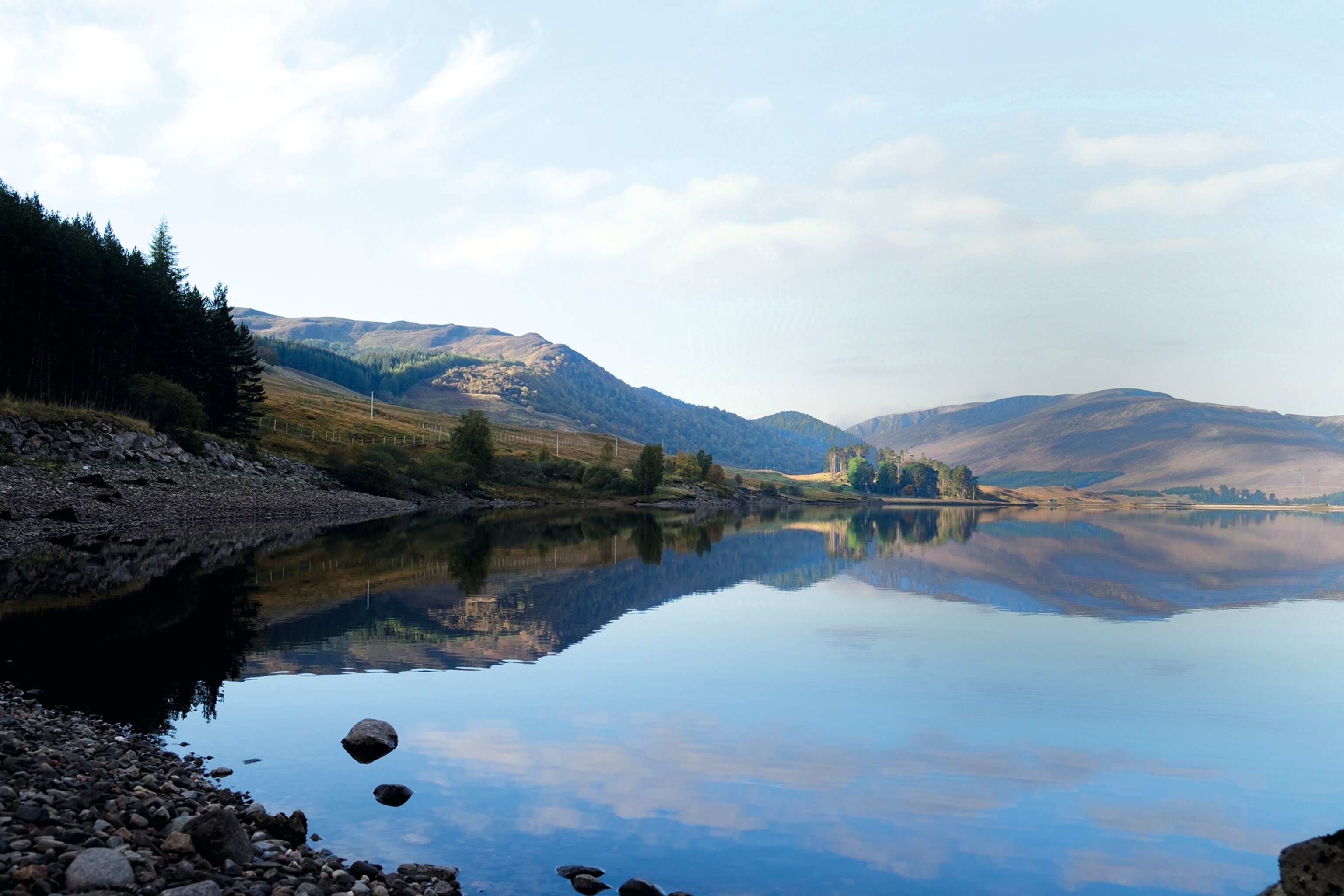
“Every time you set out on the Spey, it’s a different river,” says Jerry. “It’s as if you’re getting to know it for the very first time.”
His words ring true as we push off in the village of Boat of Garten. This is one of many places named ‘Boat’ along the river, a reference to the ferrymen who plied their trade here before the building of bridges. Today, you wouldn’t need a ferry to cross: the European heatwaves of 2022 mean river levels are the lowest Jerry can remember. At some points you could skip across the river without wetting your ankles. The channels for paddling have dwindled to a trickle: stones that had lain, undisturbed, on the riverbed since the last ice age are now being scraped by the hulls of our canoes. It is, as Jerry describes, what’s known as a ‘bony’ river. A few times we have to hop out and lug our canoes over the skeletal trickle of the Spey.
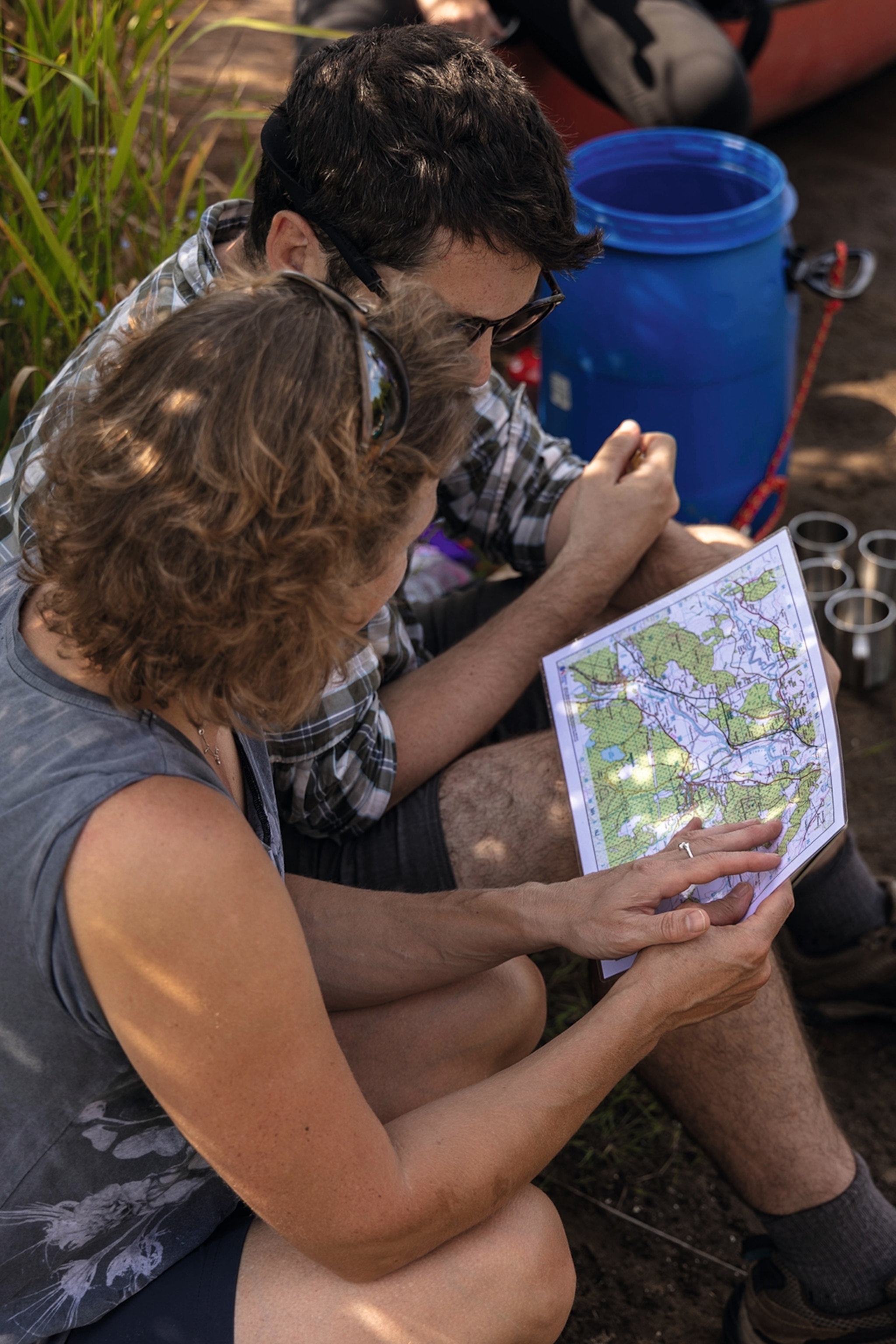
Eventually, the river fleshes out, fattened by the streams that feed it, and the going gets easier. The sun shines. The Spey is, I soon appreciate, a river of exquisite beauty. Dragonflies whirr through the balmy midsummer air as lavender-hued mountains line the horizon. Herons perch on logs, watching us paddle past with suspicious yellow eyes, and sandpipers flit from their riverbank nests. Most British rivers dawdle and detour their way from source to sea; the Spey, however beelines to the coast in a steep, straight descent. Midriver, the current is full of push and purpose. But at the edges, the water eddies and tarries: water boatmen thrust through limpid pools enclosed by drapes of willows. Goose feathers glide adrift, backs delicately arched like tiny boats.
Very soon, you surrender to the rhythm of the river journey, falling into the contented cadences of paddling. Time passes, watching tiny whirlpools spin with every stroke, observing droplets beading from each withdrawn blade. Only occasionally do we instinctively rest our paddles, pausing the splash of strokes to listen with reverence to the song of the river and the chorus of its tributaries and let ourselves drift.
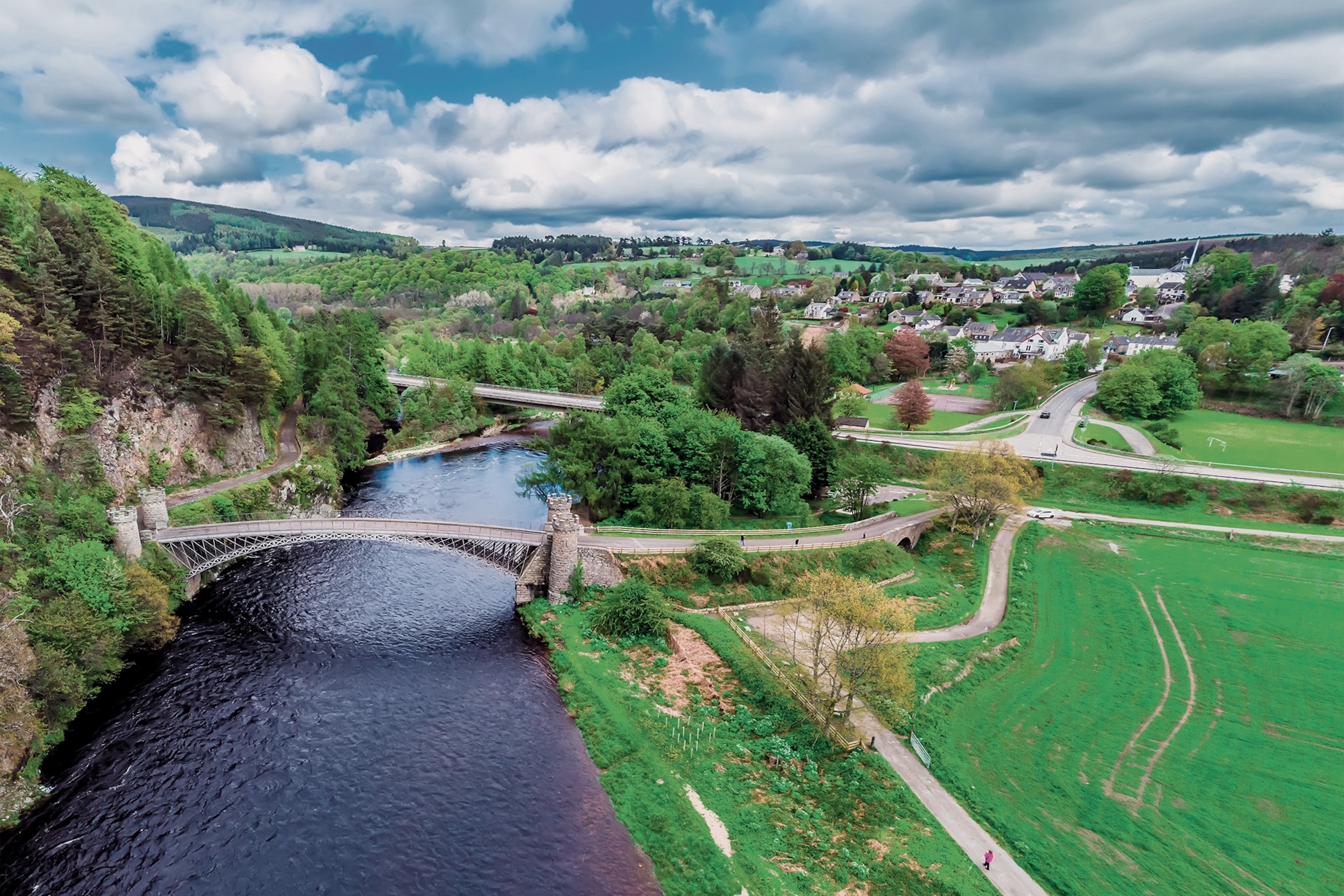
Then we blow off course and have to start paddling again. Our vessels are Canadian canoes designed for a crew of two: I’m sharing mine with Josephine, a teaching assistant from Leeds. She explains she decided to book a canoe expedition after a period of upheaval in her personal life, including a divorce from her husband of 27 years. She recently bought her own flat by a canal — and two days later, she purchased a kayak. Waking up every day to quacking ducks, she says, takes her back to childhood weekends aboard her dad’s boat.
“I step off the riverbank, where the rest of life happens, and then I’m away from it all,” she tells me. “I’ve felt bouts of anxiety and depression: they’re like a leech that sucks life out of you. But on the water, I have a total release.”
That night, we make camp where the river makes a slight turn, as if to take one last look at the mountains that birthed its headwaters.

The Cairngorms are often described as the last great wilderness in mainland Britain — a wind-scoured mountain massif devoid of roads, settlements and, in large parts, people. From our camp, the peaks’ outlines come into focus with the setting sun. There’s the great pass of the Lairig Ghru (the drovers route that follows a cleft in the hills) and the lumpen mass of Cairn Gorm, its ski slopes closed for the summer. Many rivers rise in the Cairngorms, including the Dee, the Don, the Esk and the Tay, carving up the mountains like watery empires, but the Spey has the lion’s share.
At this time of year, Jerry says, there might typically be some residual whiteness on the mountaintops — but now, in the heat, any snow has almost entirely melted away. Only a few chunks of ice will survive the August Bank Holiday, clinging to the north faces and trying to hold out for another winter, rather than melting, slackening and trickling into the Spey.
Worse places to wash up
Over the following days, the weather turns. Mist ghosts in from the mountains. A chill wind rivets the river with tiny waves. It’s a classic Scottish summer. Jerry has a rich repertoire of words to describe the moods of rain, from ‘mizzle’ (a benign mixture of mist and drizzle) to acute scenarios when it’s ‘hosing’ it down or ‘hoofing’ it down. Across Scotland, there’s a rich vocabulary for rain, from a ‘yillen’ (a sudden, ambushing shower) to a ‘smirr’ (a fine, delicate rain).
The king of them all is ‘dreich’ (a word that tastes rotten in the mouth), meaning dull or gloomy and bringing to mind interminable downpours, waterlogged socks, rain splattering against window panes and days best spent doing jigsaws indoors. ‘Dreich,’ in my experience, is a word many Scots deliver with zest to disappointed holidaymakers, as if you’d be foolish to expect anything less.
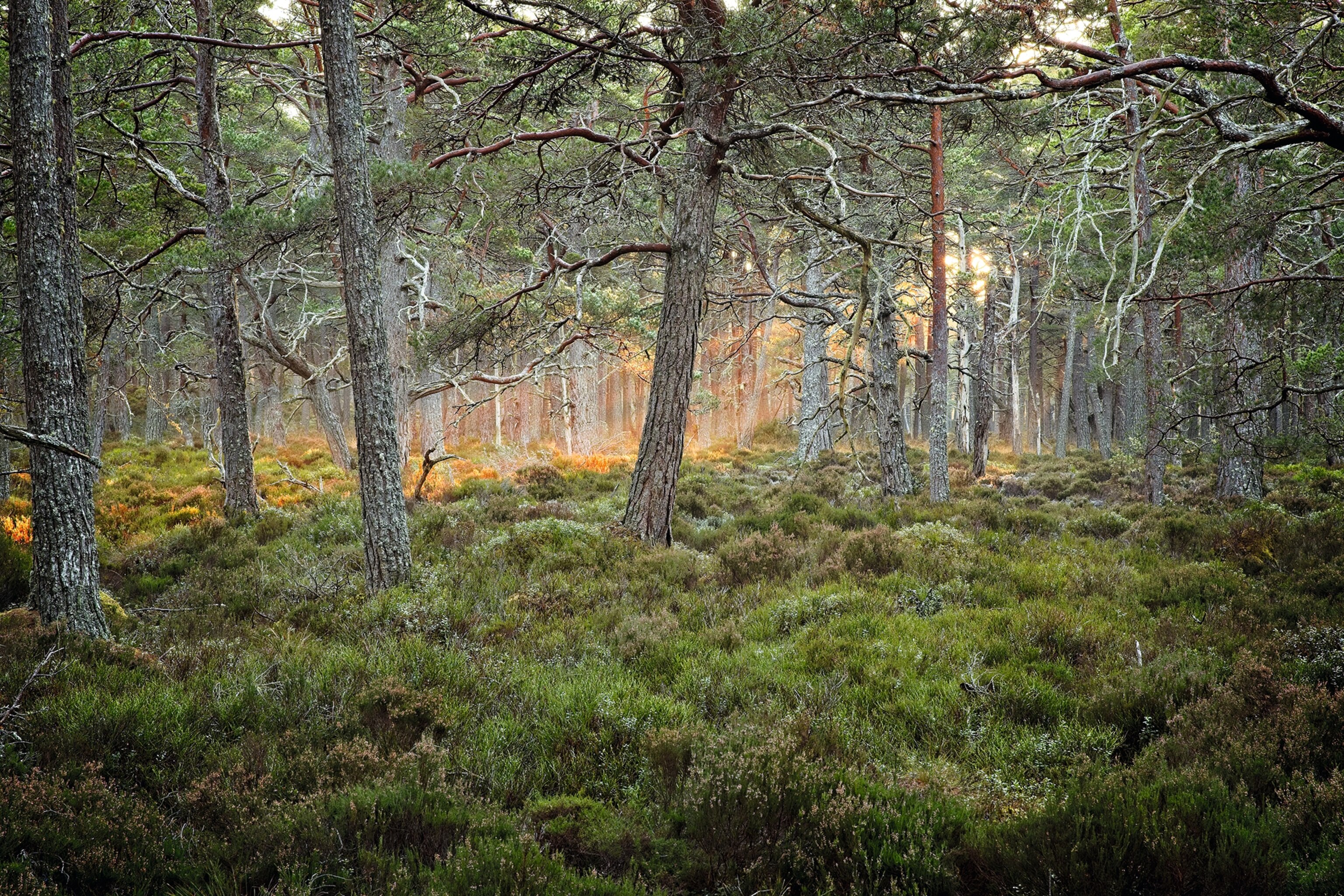
It’s dreich as the river sweeps us northward and the shadowy expanse of the Abernethy Forest swings by the stern of our canoes. The woods here are one of the last remaining strands of the Caledonian Forest, the ancient forest of Scots pine, juniper and birch that crept northward, following retreating glaciers, after the last ice age. It’s a primaeval landscape. Eagles keep their eyries in the canopy. Wild cats prowl among the pine cones.
Many of the first journeys along the Spey were made on logging rafts. From the 15th century onwards, generations of loggers came to fell pine and birch, lashing them together into makeshift watercrafts. Having dammed the streams, they would release sudden cataracts to wash their timber downhill onto the Spey, bound for export by sea downstream. The loggers’ so-called ‘floating families’ would then cling on for life to their rafts while one steered. Guides went ahead in small, round coracles to scout out the passage.

These loggers’ rafts are long gone, but anyone paddling the Spey today is — in a legal sense — following in their slipstream. In the 1960s, an outdoorsman by the improbable name of Clive Freshwater was involved in a case in the House of Lords that eventually gave canoers the right of public navigation on the river, successfully citing the loggers of centuries past as having established the precedent.
While many British rivers are privately owned and closed to canoers, the Spey offers a precious taste of freedom — but with it comes responsibilities. Approaching Cragganmore, the river becomes fiercer: boulders hiccup the flow ahead of us, branches jam the channels and rags of whitewater crest our bow. The Spey has a strong undercurrent of folklore — cautionary tales about the might of the water. One legend tells of a white horse, An t-Each Ban, appearing to lost travellers on stormy nights, promising to carry them to safety before plunging them into a watery grave. The Spey ‘seldom chuckles or wimples, but it often grumbles and roars ... There was a saying that her waters demanded at least one life a year,’ wrote the folklorist Affleck Gray.
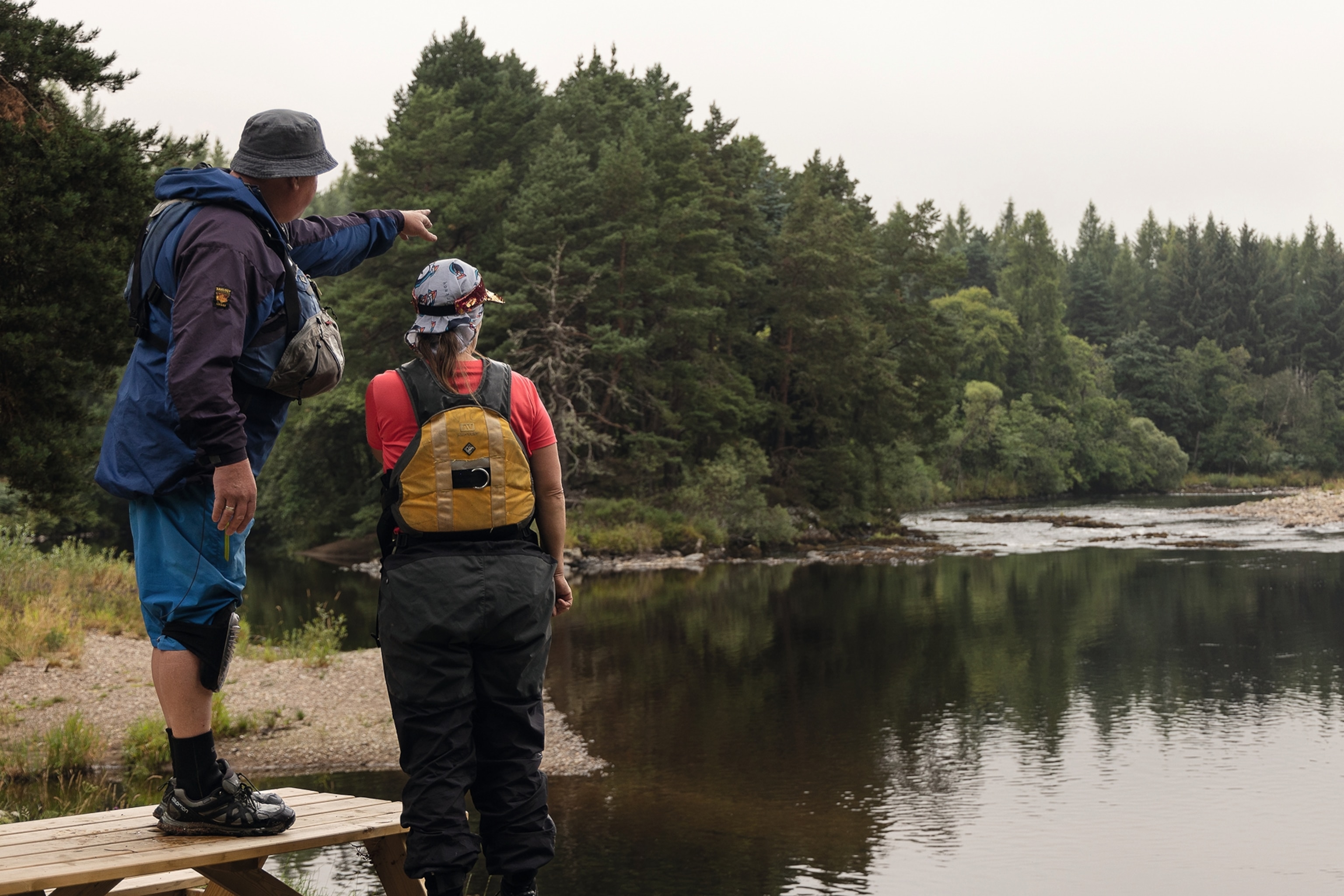
Jerry teaches us the subtle art of reading the river: V shapes denote an invisible boulder breaking the current; upside-down Vs suggest a channel of deeper water, or a seam through which a canoe might slip. Then he explains we’re entering “a bit of a pinball section”.
“You’re steering what is essentially a 16ft bathtub,” says Jerry. “So if you fill with water, you might tip over.”
We put on helmets to navigate the Washing Machine, the most famous rapids on the Spey, where the river shatters into a bottleneck of furious, frothing water. We negotiate the slaloms at Knockando, where the water entangles itself amid islets and cliffs. The river seems unruly, but you soon understand it follows logic, obeying the rules of gravity and the constraints of geology. The challenge of a paddler is to insert yourself into this equation, refining the calculus of when to go along with the current and when to jam your oar into the Spey in protest.
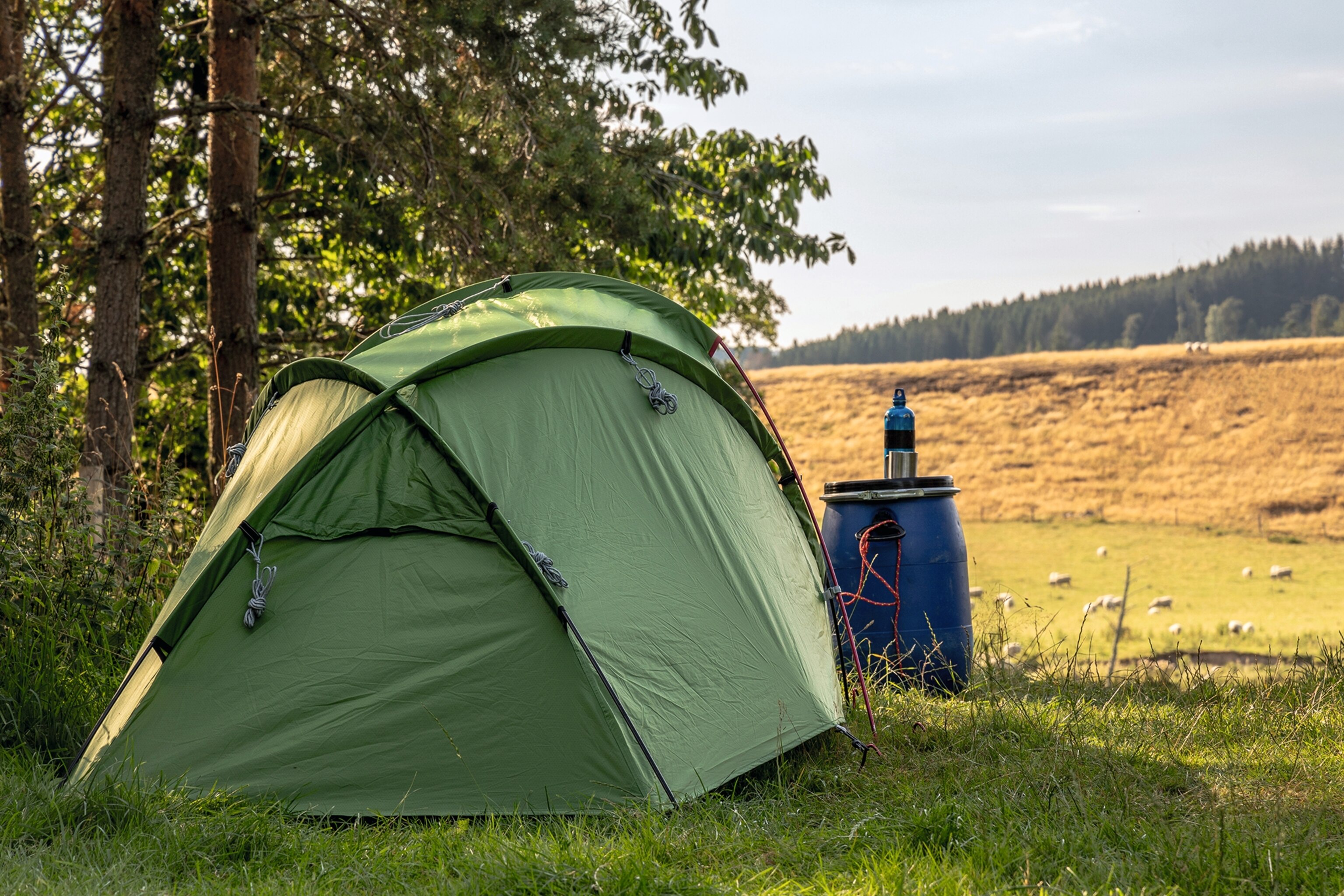
On the approach to Aberlour, our attention lapses and a hidden current sends Josephine and I spinning 90 degrees. We’re trying to correct course when a rock slams the canoe mid-hull. We teeter on top of it briefly — a marble on a pane of glass. And then we’re submerged, the hum of riverwater in our ears, resurfacing to see the canoe continuing along the Spey, uncrewed, unburdened of luggage and upside-down. Everyone is fine; everything is eventually recovered. If the Spey was in spate, full and fast-flowing, it could have been uglier. Mercifully, there are worse places to wash up than the village of Aberlour.
The secret ingredient
Like wine, some believe whisky has a ‘terroir’. Highland whiskies often have a smokiness that mutters of peaty moorlands. Island whiskies have a saltiness that remembers Atlantic squalls. Speyside, meanwhile, is a fertile, pastoral valley. The sweetness of its whiskies whispers of summer orchards, with the gentle, rounded flavours evoking the gently contoured hills.
“Over time, you learn to refine your palate as a whisky drinker,” says barman Ryan Gow. “You pick up things you didn’t pick up before.” Ryan runs whisky-tasting classes at The Mash Tun, a bar in Aberlour, where we’ve temporarily parked our boats. Whisky percolates into every aspect of life here: lorries full of whisky rumble along the A-roads and the puffing chimneys of distilleries rise above slate rooftops. Inside The Mash Tun, we try a flight of single malts from distilleries we’d paddled past shortly earlier: a spicy dram of Tamdhu 12, produced where the Spey laps at shingly river islands; a smooth Dailuaine 16, made near the stretch of river where we capsized; and a delicious Aberlour 12, whose taste is like coming in from the cold.
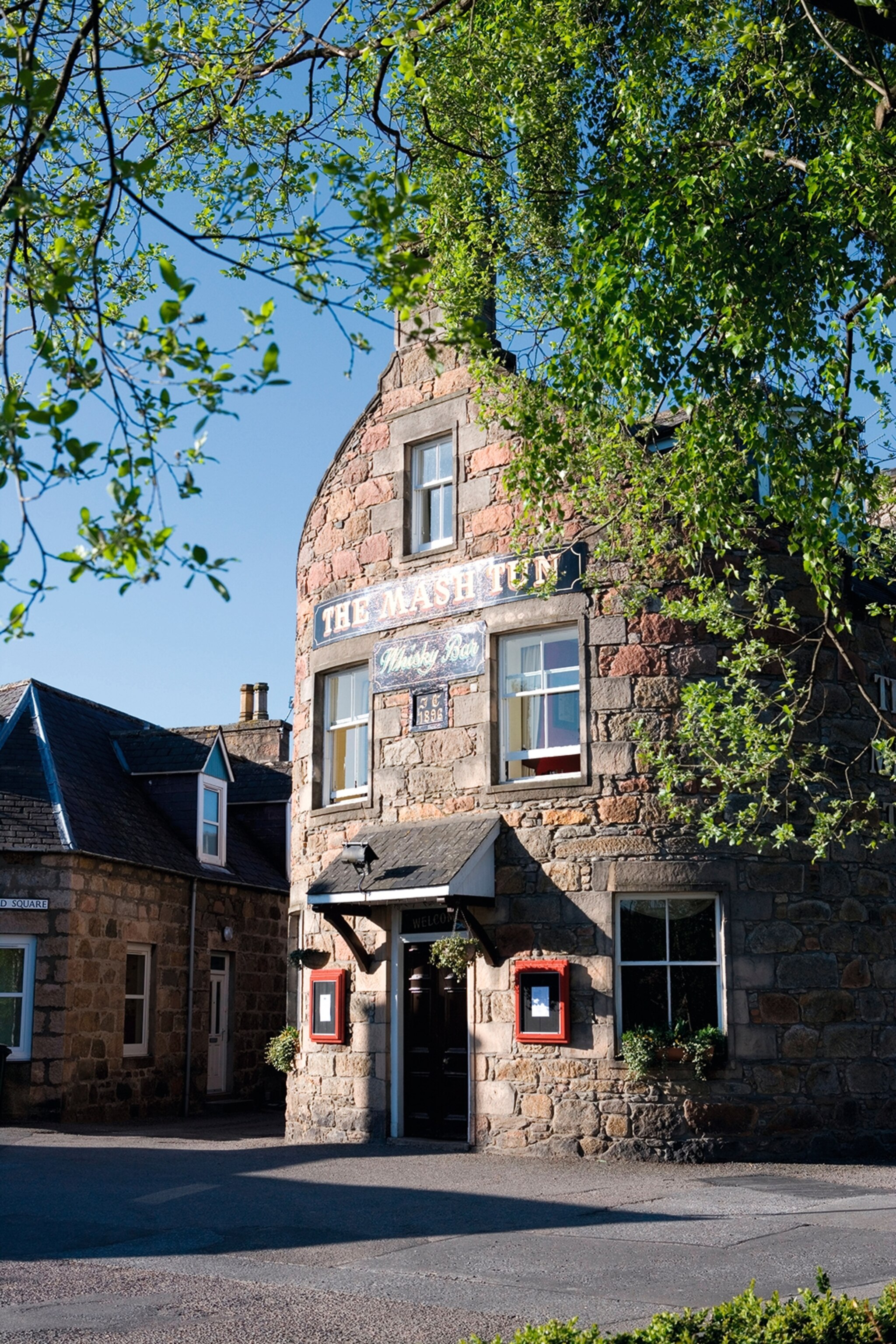
Speyside has produced whisky for centuries — it was far from Edinburgh taxmen and it had abundant barley to supply distilleries. The industry boomed in the 1800s with the new Excise Act of 1823, which created new licensing laws and legitimised the trade, and the introduction of railways that facilitated the export of the casks. Queen Victoria loved Speyside malts and ordered royal carriages carry a bottle ‘in case of emergency’.
Whisky has only a few ingredients: water, barley, yeast. But perhaps the most important ingredient is time: in the years (even decades) the liquid spends maturing in oak casks, its flavours intensify and its value increases. The Mash Tun has a collection of Glenfarclas bottles dating back to the early 1950s. The youngest are a lustrous gold. The oldest are a horse-brown and cost almost £1,000 a glass. For many, tasting age-statement whisky is a form of time travel: a way to reflect on past lives, lost loves and departed friends. It summons everything that’s happened in the time between the water being collected from a Speyside burn and the instant it’s raised to your lips.
“You can’t put a price on the story of these bottles,” says Ryan. “It’s something that can never be replicated in a lab.”
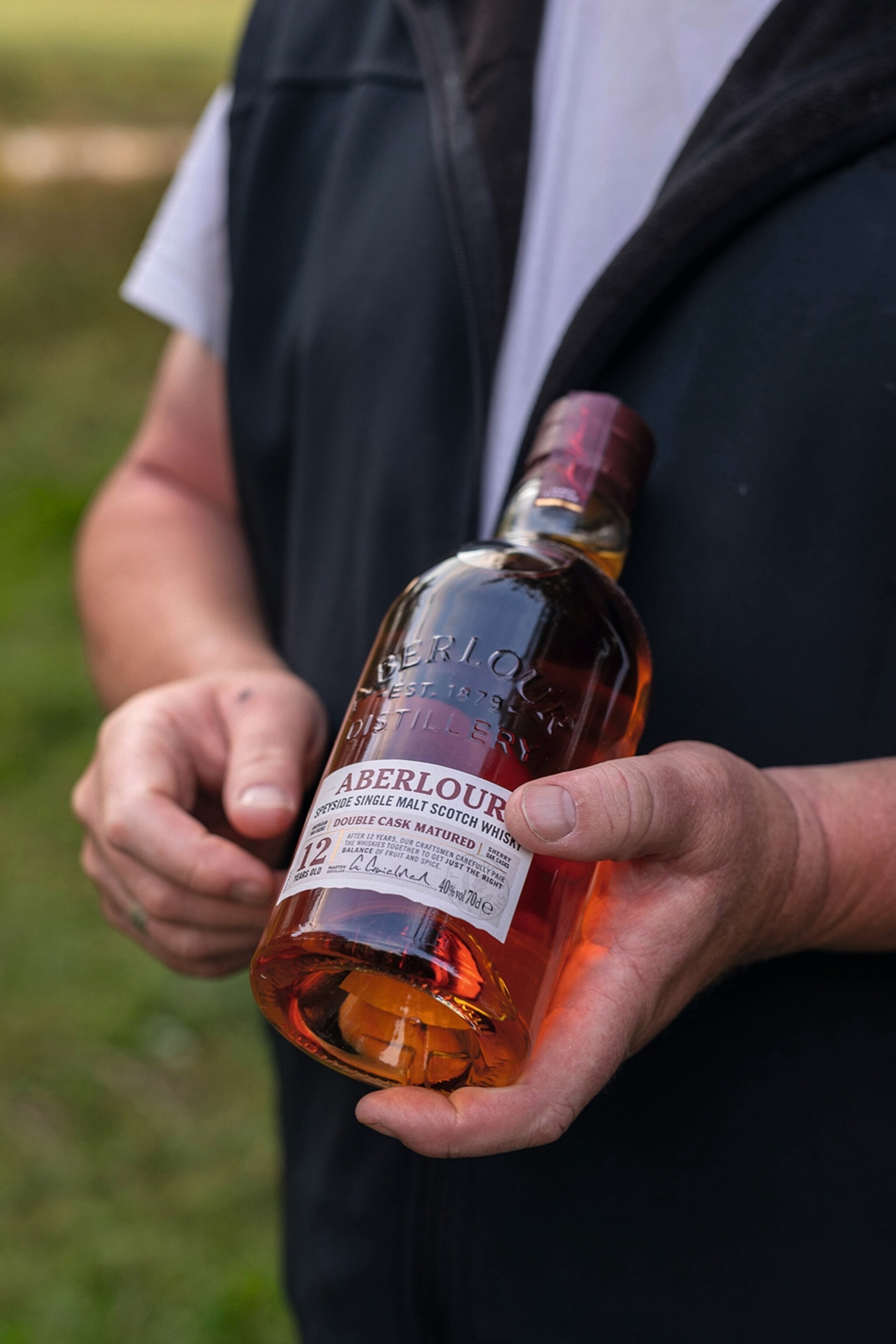
Time slips by unnoticed as we cast off on the last leg of the river from Aberlour, past the mown lawns of country estates and under cast-iron Victorian bridges. Hours are punctuated by the plops of leaping salmon and the whipping lines of anglers who stand welly-deep in the current. Come dusk, we camp on a river island and cook haggis by a campfire. We fall asleep to the patter of rain on oak leaf and canvas and the hush of the Spey, enveloping the little island in its watery embrace.
Time eventually runs out. On our last day paddling, the Spey is messy and rain-cursed: another boat in our team capsizes; one canoer’s lips turn blue. To be safe, we cut short our descent just short of the sea at Fochabers. We stack our canoes on a trailer and Jerry reflects again on the many selves of the Spey: times of spate, when the river was “a great big chocolate rollercoaster”, and the great floods of the 1980s, when he went to rescue stranded sheep in his boat. These stories seem hard to imagine following the summer’s drought — although, with the rain now falling, the river is gradually rising inch by inch, recovering some of its old strength.
Before I leave Speyside, I buy a bottle of 12-year-old whisky as a memento of the river. I think of how the whisky would have been made in 2010, when blizzards ranged across the Cairngorm plateau and April meltwater saw the river swell across the farmland, its waters surging down distillery pipes. And I think, too, of those 12 years when the whisky stood still, silently maturing in an oak cask as the world went by — and the river flowed on.
The starting point for descents of the Spey is the town of Aviemore. Direct trains run to Aviemore from Edinburgh Waverley and Glasgow Queen Street, both taking around three hours. The Caledonian Sleeper runs from London Euston to Aviemore. It leaves the capital just after 8pm, meaning you arrive in the Highlands before 8am — expect similar timings on the return journey.
When to go
The descent of the Spey is possible year round, but most outfits only run between April and September, when there are highs of 11-19C. Summer in Scotland is highly changeable; as well as waterproofs, pack head nets to keep away midges.
Where to stay
Cairngorm Hotel, Aviemore. From £79, B&B. cairngorm.com
Ravenscraig Guest House, Aviemore. From £75, B&B.
Coig na Shee Guest House, Newtonmore. From £85, B&B. Two-night minimum.
How to do it
Wilderness Scotland is an outdoor operator based in Aviemore, specialising in guided descents of the Spey over four days, with three nights wild camping, from £595 per person, full board, including transfers and equipment. Participants require at least two days of canoeing experience and are asked to muck in with work like preparing meals, moving boats and making camp.
Sign up to our newsletter and follow us on social media:
Facebook | Instagram | Twitter
